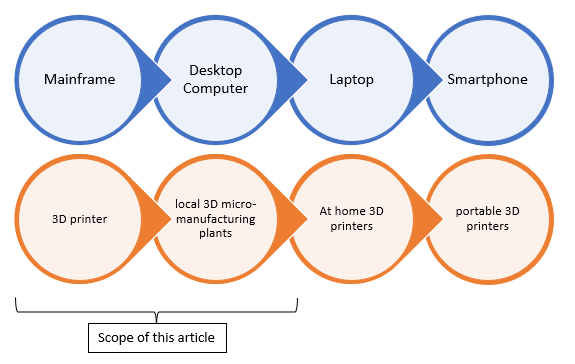The labor market has lately been intrigued by the idea of Artificial Intelligence (AI). One of the fields that is rapidly adopting AI is customer service as it is much more cost-efficient and effective than hiring actual employees. But have such ‘chat-bots’ already gained the customers trust?
Earlier research had pointed out that chat-bots outdid inexperienced human employees when it comes to the amount of sales (4x more) they make. However, new research shows that when customers are aware that they are talking to computer programs that simulate human interaction, sales decreased by almost 80 percent (liberator, 2019). This is grounded by the idea that the AI-controlled chat-bots are less knowledgeable are not able to comprehend their needs.
So why are chat-bots still so popular for companies such as Sephora, Amazon and Dominos pizza? There are multiple reasons. First of all, chat-bots are available 24 hours a day, which significantly increases convenience and accessibility for the customer. Second, chat-bots cut costs by up to 30% and save companies a total of 2.5 billion hours that are normally spend on customer service and training by 2023.
Yet, there are also some pitfalls associated with these chat-bots. These chat-bots are self-training machines which utilize information and feedback to update their system continuously. While this sounds wonderful, it is in fact a very time-consuming, risky and costly activity. For example, a chat-bot created by Microsoft started quoting racists slurs it had learned on Twitter (Vincent, 2016). Mistakes like this can severely harm a company’s reputation and are hard to resolve. Another option is to only make the chat-bot capable of answering specific pre-defined questions from a pool. This indeed takes away the risk aspect, however, fixed chat-bots easily get stuck and can’t assist customers properly which hinders sales.
So what can we expect to see in the future? I personally think that AI will definitely stay in the field of customer service. Especially since this is a field where employees need quite some training and the availability hours have to be high. My expectation is that AI service providers will become so human like that customers won’t be able to realize they are in fact not conversing with another human. A team in Beijing that works together with the University of Illinois is already developing an Emotional Chatting Machine (ECM). The goal of this chat-bot is to be able to read a customer’s emotional status and reply with emotionally appropriate reactions. Currently, the customers still have to select their mood (on a 5 point scale) before starting a conversation with the chat-bot. However, in the future they chat-bot will be able to do this without prior knowledge. Already 61% of the tested customer preferred this AI over the standard chat-bots (correspondent, 2017). Hence, I expect that this will be the next generation of intelligence to be seen in daily situations, sooner rather than later.
references
correspondent, H.D.S. (2017). Human-robot interactions take step forward with “emotional” chatbot. The Guardian. [online] 5 May. Available at: https://www.theguardian.com/technology/2017/may/05/human-robot-interactions-take-step-forward-with-emotional-chatting-machine-chatbot
Liberatore, S. (2019). Would YOU buy from a chatbot? Most won’t make a purchase from a bot. [online] Mail Online. Available at: https://www.dailymail.co.uk/sciencetech/article-7499657/Chatbots-rake-sales-companies-fall-short-consumers-know-AI.html
Vincent, J. (2016). Twitter taught Microsoft’s AI chatbot to be a racist asshole in less than a day. [online] The Verge. Available at: https://www.theverge.com/2016/3/24/11297050/tay-microsoft-chatbot-racist.


